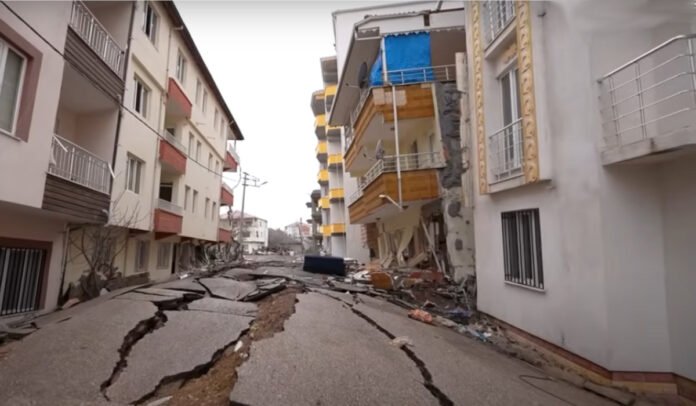A devastating magnitude 6.0 earthquake struck eastern Afghanistan late Sunday, flattening villages in Kunar and Nangarhar provinces and leaving widespread destruction in its wake.
According to international news agencies, the quake hit near Jalalabad at a shallow depth of around 8 kilometers, intensifying ground shaking. Afghan officials and local Taliban authorities confirmed that at least 250 people have been killed and more than 500 injured, with fears that the death toll could rise as rescue teams struggle to reach remote areas. Entire hamlets in Kunar province have been destroyed, while severe damage has also been reported from Nangarhar.
Tremors were felt far beyond Afghanistan. Residents in Islamabad, Lahore, and even parts of northern India including Delhi reported strong shaking late at night. The U.S. Geological Survey (USGS) noted that the Hindu Kush region is one of the most earthquake-prone zones in Asia, and shallow quakes here tend to cause maximum destruction.
Relief operations have been launched with the support of the UN, local health officials, and humanitarian organizations, but progress has been slowed by rugged terrain, landslides, and fragile infrastructure. Survivors have been pulled from rubble in some villages, but officials warn that aftershocks, some measuring above 5.0 magnitude, continue to threaten already unstable structures.
Experts say Afghanistan’s vulnerability to earthquakes is heightened by its mountainous geography and traditional building materials like mud bricks and wood, which collapse easily during tremors. Past quakes in the region have resulted in catastrophic losses, making earthquake preparedness a persistent challenge.

























